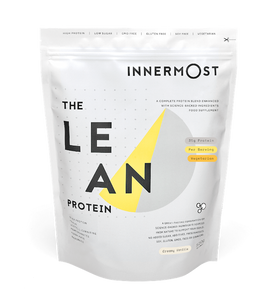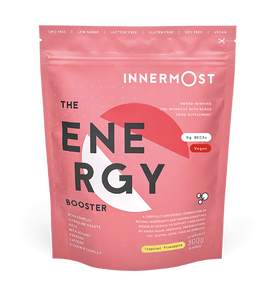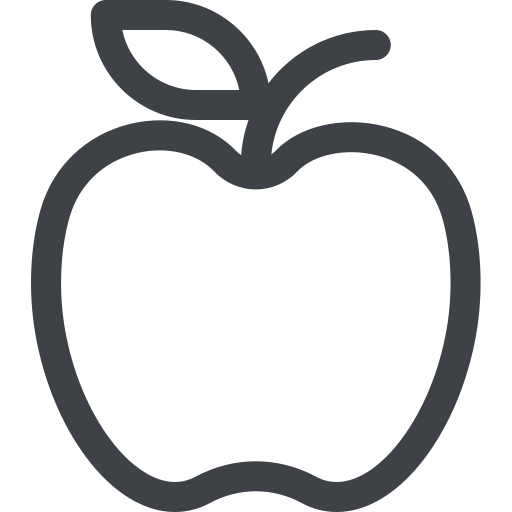Lauren Schramm's 30 Day Jump Rope Challenge
Anyone that knows me could tell you that I'm not the biggest fan of cardio. I'd much prefer maxing out my deadlift over running a mile any day. Regardless of this preference, I know how important cardiovascular exercise is for overall health so I do my very best to simply minimize my time spent doing CV training. In an effort to improve my efficiency, I've created a 30 day Jump Rope Challenge that you can join me on over the next 30 days! This challenge will not only improve your cardio, it'll help torch calories while building strength in your legs and shoulders.
Lauren Recommends
I'll be providing myself with a much-needed energy boost with The Energy Booster pre-workout featuring BCAA's and Vitamin B Complex with less than a gram of sugar in this naturally flavoured pineapple flavoured drink. And by adding The Fit Protein superfood protein blend to my post-workout smoothie bowl, I'll be rehydrating my body, replenishing electrolytes, all while ensuring some lean gains. Go for The Performance Collection and you'll have everything you need for the next 30 days.
The 30 Day Challenge
Start: The first thing to do is determine your baseline # of rounds. That is how many rounds of jumping rope you can do before you reach exhaustion - 30 second of jumping rope and 45 seconds of rest is equal to 1 round. Don't push too hard here. Listen to your body.
- Day 1: Find your baseline # of rounds (30s on/40s rest)
- Day 2-4: Perform your baseline # of rounds for 40s on/40s rest
- Day 5: Rest
- Days 6-8: Perform your baseline # of rounds for 40s on/30s rest
- Day 9: Rest
- Days 10-12: Perform your baseline # of rounds for 50s on/40s rest
- Day 13: Rest
- Days 14+16: Perform your baseline # of rounds for 50s on/30s rest
- Day 17: Rest
- Days 18-20: Perform your baseline # of rounds for 60s on/40s rest
- Day 21: Rest
- Days 22-24: Perform your baseline # of rounds for 60s on/30s rest
- Day 25: Rest
- Days 26-28: Perform your baseline # of rounds for 60s on/20s rest
- Day 29: rest
- Day 30: Moment of truth: retest to find your new maximum # of rounds for 30s on/45s
- Rest.
Bonus: See if you can beat your original baseline # of rounds but at 60s on/20s off! If you can, you've doubled your work capacity, while cutting your rest by half! Not bad for 30 days work.


















